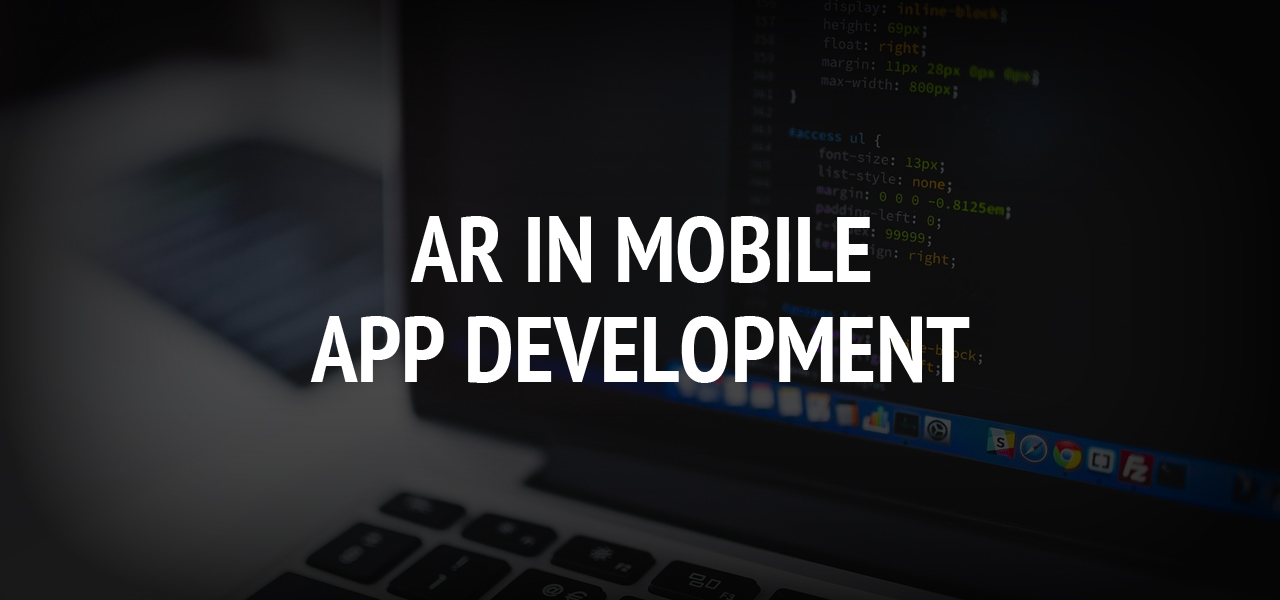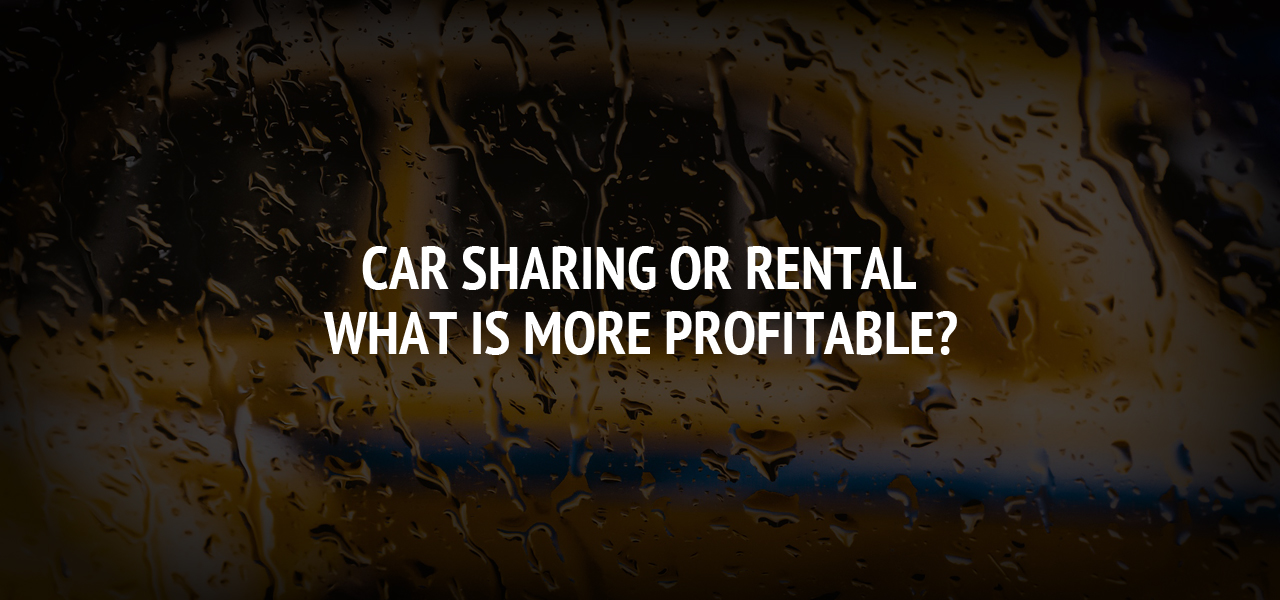AR in Mobile App Development

Significance of Augmented Reality App Development
Have you ever used IKEA Place or Google Lens or Played Pokemon go’? Of course, all these apps are meant for different purposes but they share one similarity. All of them are considered as one of the best Augmented Reality Apps. The futuristic technology is no longer to be acknowledged as it has become our rosy present and you know what’s the best part, consumers are trending towards it like never before.
Now, who wouldn’t want a real-life environment around? The concept of putting visual objects in real-time is no new but it seems to have made its way to several mainstream industries. In fact, it is believed that the rise in mobile application development services seems to have resulted in a severe increase in augmented application development. The following post focuses on what is Augmented reality apps and how the development process must be conducted in 2022?
AR in Mobile App Development
Say Hi to the Augmented Reality Technology!
Augmented Reality technology is growing by leaps and bounds. Several tech giants such as Microsoft, Google, Apple, Amazon, and Facebook are found jumping on the bandwagon and turning it into a great boom. According to several stats, AR technology is worth $15.3 billion and the numbers go on increasing day in and day out. So what is augmented reality?
Augmented Reality applications are basically software apps that have the ability to merge audio and video in such a manner that everything looks real. As if that scene is happening right in front of you. Technically speaking what happens is, that a CG image is superimposed on the user’s view of the real world. Now many of you have this misconception that augmented reality and virtual reality are similar. Whereas they aren’t! In virtual reality whatever the end-user sees are generated by a computer, and when it comes to augmented reality, it keeps the real world in focus, and several elements are added here just to enhance the user experience.
Some of the finest examples of augmented apps include - IKEA place, Nintendo’s Pokémon Go App, Loreal Makeup App, Houzz, You cam, Google lens, and the list goes on!
Now, what’s the difference between when you use a mobile app and an augmented reality app? Well when you shop online from a mobile app, you just get to see the product virtually. With AR experience, you can see how the product looks on you, particularly in your pre-defined place. When you buy from a mobile app, it could be a trial and error method but when using an augmented reality app, things are pretty different, you become sure before even buying the product.
Further below I would like to mention certain benefits of conducting an augmented application development project.
Advantages of Augmented Reality App Development
Who knew that one day AR will become an important part and parcel of our day-to-day lives? I mean initially, nobody could even think of this technology becoming a major hit among the masses someday. Now here comes the big question, irrespective of all its hype and popularity, is it really worth investing in an augmented reality app development project. Well, here I would like to shed some light on some crucial advantages offered by Augmented reality app development Absolutely, speaking of accessibility in app development, it's fascinating to note how specific apps have catered to people with special needs. For instance, some of the best android hearing aid apps have utilized augmented reality to provide an immersive and efficient user experience. These apps illustrate how AR technology can not only be entertainment-focused but also profoundly life-enhancing, underscoring the immense potential of investing in augmented reality app development.
#1 Unique Customer experience
One of the obvious benefits of creating an augmented reality app is that you are able to create a unique customer experience. All the fine lines between the digital and physical worlds are blurred seamlessly. Not to mention here there is no need for any hardware or software. Mobile apps are more than enough to provide an augmented reality experience.
As mentioned earlier, AR is pretty unique customer experience platform for retail in comparison to other mobile apps. I mean no other has the potential to offer such audio-visual experience in the physical realm. Augmented reality makes the most of reality. For instance, when the user points his smartphone to some place or a product, the consumer gets all the relevant information regarding that place or how the end product will look on them.
#2 Gets more Viral
Another interesting advantage of using AR apps is that they tend to get more viral than any other mobile app. Be it the word-of-mouth publicity or an increase in social sharing, the news of augmented reality spreads at a lightning speed. So more and more customers are bound to grab the attraction.
In other words, all you need is one augmented reality application and your business will skyrocket in no time. Do you remember how many restaurants and retail counters took advantage of Pokemon go’?
#3 No scope for Language barriers
Have you realized the fact that augmented reality marketing seems to have opened several doors? For example, you can buy products from any online store since text can be seamlessly translated. No matter whether you know the native language of a place or not, with an AR app, you can understand by viewing subtitles right then and there.
Above all, an augmented reality app development project can surely make you stand out among the crowd. I mean one app that enables you to provide easy and precise information, one app that offers an amazing visualization experience, one app that can create brand awareness in no time, and can assist you in reaching more technophile audiences, what else do you want to drive business growth?
Augmented Reality applications act as a perfect solution to take into account and suppose to revolutionize everything. So when people say why to consider AR? I say why the heck not!
How to Create an Augmented Reality Application?
By now I am sure you must be wondering how to create an Augmented Reality app? Well, before we delve into that first and foremost one needs to learn the types of augmented reality apps.
- Market-based Augmented Reality
- Location-based Augmented Reality
- Projection Augmented Reality
- Superimposition-based augmented reality
Each type is of a kind! For instance, Market-based Augmented reality is based on image recognition whereas location-based, consider pokemon go’. Projection AR is more based on visual odometry and superimposition is mainly used in the healthcare industry.
Now, do you know what is the most important aspect considered in any augmented reality development project? It is software development SDKs. Fortunately, there are several technologies and SDKs available around. Now how to pick the right one? It’s simple!
- Make sure it offers native support for AR
- Money, of course, is a concern!
- Consider the operating platform, does it support Android and iOS, or Windows?
- The programming language
- Does it offers official SDK support or not?
- Does it support cloud recognition?
- What about the license?
Further, I would like to mention a few SDKs that must be taken into consideration right away.
Top Augmented Reality software SDKs to Consider
Vuforia
One of the leading names to take into account when looking for the best Augmented reality software. In fact, this one, in particular, is always found hanging among the top contenders for SDKs. And why not since Vuforia offers a plethora of benefits such as Vuforia Engine, Studio, and Chalk that make the development of AR applications easier and worry-free. Also, not to mention here you will find an intimidating set of functionality. Other astounding advantages offered by the SDK in particular include:
- Recognizes tests
- Comes with a video playback function
- VuMarks
- Cloud recognition
- 2D and 3D object recognition
ARKit
Another go-to application is ARKit. This one is mainly used if you want to develop Augmented-reality based apps, especially for the iOS platform. This also means that ARKit cannot be recommended if you want to build applications for both Android and iOS platforms.
ARKit mainly relies on camera sensor data and additional data to detect and analyze users’ surrounding for AR visualization. In fact, some of the core benefits of ARKit include:
- Fast motion tracking
- Tracks environment
- Rendering effects
- Face tracking
- Unreal and Unity engines
- Quick Look
Still don’t believe me, check out the versions ARKit 1.5, ARKit 2, and ARKit 3 for yourself.
Wikitude
Another interesting choice for AR software development is Wikitude. Though this one is a newbie but has earned a solid reputation in no time. In fact, Wikitude has become quite famous these days. Unlike ARKit, Wikitude is highly recommendable for iOS, and Android platforms. Some of the core benefits of Wikitude include:
- Instant tracking and cloud recognition
- Geolocation support
- Extended tracking function
- Supports a wide range of tracking methods
Kudan
Kudan is another name to join the best Augmented-reality SDK lists. Call it an advantage or disadvantage, kudan supports only iOS and Android platforms. Apart from this, this Augmented Reality SDK offers unity support very well. And you know what’s the best part here, it’s available for absolutely free.
ARToolKit
Last but certainly not least comes the ARToolkit. Another interesting open-source and free-to-use SDK that ensures the best possible AR development is being conducted on a variety of platforms. Yes, the ARToolkit is not just limited to Android or iOS, it also supports Windows, Linux and OS X. This one was released way back in 1999 and has gone under a wide range of updates. Some of the astounding features of an ARToolkit include:
- Tracking planar images
- Simple black squares
- Realtime speed support
- Natural feature maker generation
- Easy camera calibration
It may also interest you to know that ARToolkit is available with several options for developing Augmented Reality apps using unity and OpenSceneGraph.
Conclusion
So this is it for now! I hope you find the following post meaningful. If so, feel free to share among your peers and help me in spreading the word.
About The Author
Related Blog
View All-
Car sharing or rental: what is more profitable?
In the modern world, purchasing a car takes a back seat compared to numerous options for obtaining a vehicle at a lower cost. Moreover, significant urbanization growth makes us increasingly value our time and comfort, which is why we prefer a car to public transport. ...
-
Featured Android & iOS Apps of June 2017 - TheGreatApps
Featured Android & iOS Apps of June 2017: Download These Best New Apps So, June 2017 is gone and we're back with Featured Android & iOS Apps of June 2017. These are the Best Android Apps & Best iOS Apps which are released in the last couple of ...







